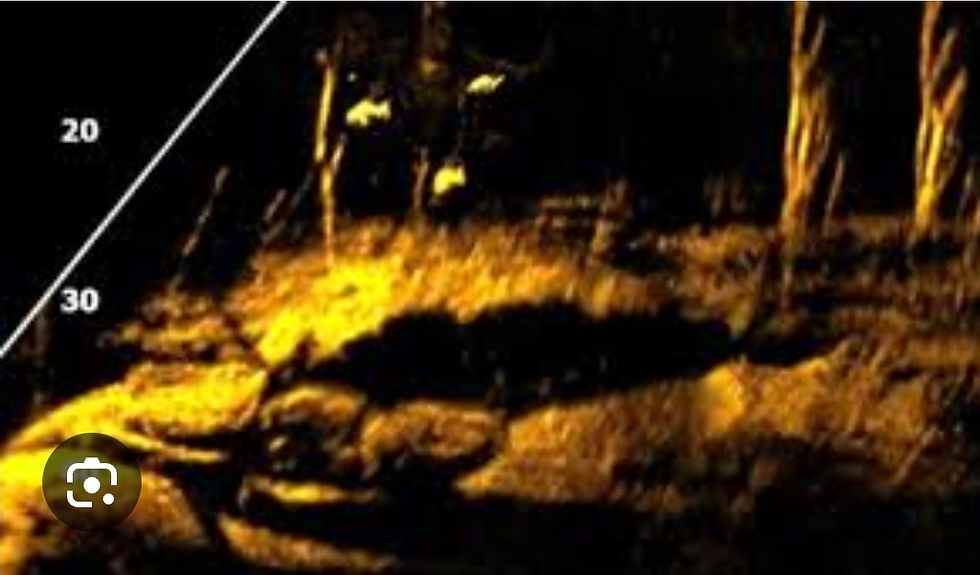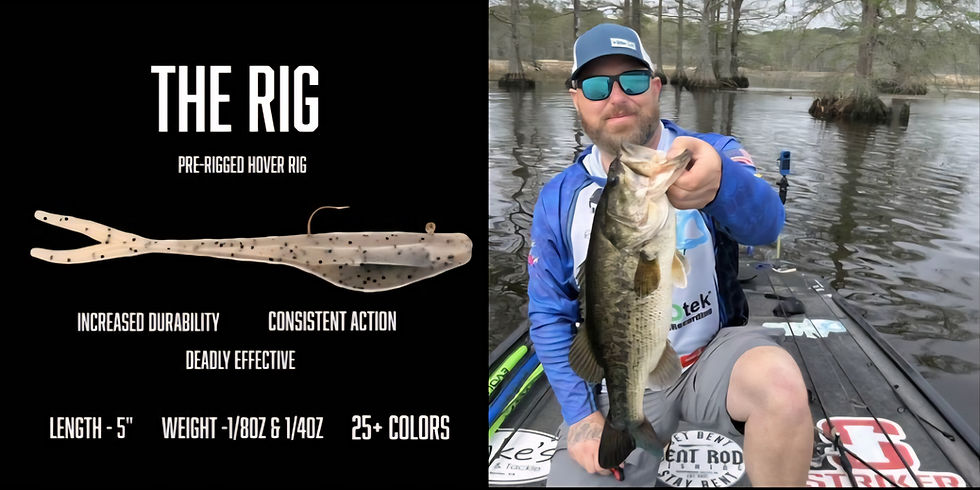Top Techniques for Catching Fish in Freshwater Lakes
- Daniel Charles
- Aug 22
- 4 min read
Fishing in freshwater lakes is one of those timeless pastimes that never gets old. Whether you’re a seasoned angler or just starting out, there’s always something new to learn and try. I’ve spent countless hours on the water, experimenting with different techniques, and today I want to share some of the best tips that have helped me catch more fish. If you’re ready to up your game and enjoy some serious freshwater fishing success, let’s dive in.
Getting Started with Freshwater Fishing: The Basics You Need to Know
Before you cast your line, it’s important to understand the basics of freshwater fishing. Lakes can be tricky because fish behavior changes with the seasons, weather, and even the time of day. Here’s what I focus on:
Know your gear: Use a medium-action rod and reel combo for versatility. It’s perfect for bass and other common freshwater species.
Choose the right bait: Live bait like worms or minnows work great, but don’t overlook artificial lures like crankbaits, spinnerbaits, and soft plastics.
Understand fish habits: Fish tend to hang around structures like submerged logs, weed beds, and drop-offs. These spots offer shelter and food.
Time your fishing: Early morning and late afternoon are prime times. Fish are more active when the water is cooler.
One of my favorite tools to use is forward-facing sonar. It helps me spot fish and underwater structures without scaring the fish away. If you haven’t tried it yet, it’s a game-changer.

Freshwater Fishing Techniques That Actually Work
Now, let’s get into some specific techniques that have helped me catch more bass and other freshwater fish.
1. Topwater Fishing
There’s nothing like the thrill of a bass exploding on a topwater lure. Use poppers, frogs, or buzzbaits early in the morning or late in the day. Cast near lily pads, weed edges, or fallen trees. Keep your retrieve erratic to mimic struggling prey.
2. Jigging
Jigs are incredibly versatile. I like to use a jig with a soft plastic trailer and bounce it along the bottom near rocks or submerged timber. Slow and steady works best, but sometimes a quick hop can trigger a strike.
3. Drop Shot Rig
This finesse technique is perfect for clear water or pressured lakes. Tie a small hook above a weight and rig a soft plastic worm or minnow. Drop it vertically near deep water structures and twitch it gently.
4. Spinnerbaits and Crankbaits
These lures cover a lot of water fast. Use spinnerbaits around shallow cover and crankbaits for mid-depth to deep water. Vary your speed and pay attention to what the fish respond to on any given day.
5. Using Forward Facing Sonar
If you’re serious about freshwater fishing, forward-facing sonar is a must-have. It lets you see fish and structures ahead of your boat, so you can target spots with confidence. I use it to find schools of bass and adjust my tactics on the fly.

Lake Spotlight: Guntersville Lake
If you’re wondering about Guntersville Lake, it’s one of the best spots for freshwater fishing in the US. And yes, it’s a public fishing lake, open to anglers year-round. The lake is famous for its bass fishing, and many anglers flock there to test their skills.
Guntersville offers plenty of access points, boat ramps, and fishing piers. Whether you’re fishing from shore or a boat, you’ll find great spots to catch largemouth bass, crappie, and catfish. The lake’s diverse habitats make it a prime location for trying out different techniques.

Tips for Reading the Water and Finding Fish
One of the biggest challenges in freshwater fishing is figuring out where the fish are hiding. Here’s how I approach it:
Look for structure: Fish love cover. Points, drop-offs, submerged trees, and weed beds are prime spots.
Watch the water surface: Look for ripples, jumping fish, or birds diving. These signs often mean baitfish and predators are nearby.
Use your electronics: A fish finder or forward-facing sonar can reveal schools of fish and underwater features.
Adjust for weather: On sunny days, fish might stay deeper or in shaded areas. Cloudy or rainy days often bring fish closer to the surface.
By combining these observations with your fishing techniques, you’ll increase your chances of hooking up.
Gear and Tackle Recommendations for Freshwater Lakes
Having the right gear makes a huge difference. Here’s what I recommend for freshwater lake fishing:
Rod and reel: A 6’6” to 7’ medium-action spinning or baitcasting rod paired with a reel that holds 8-12 lb test line.
Line: Use fluorocarbon for clear water and braided line for heavy cover.
Lures: Stock up on a variety of soft plastics, crankbaits, spinnerbaits, and topwater lures.
Terminal tackle: Keep plenty of hooks, weights, and swivels handy.
Electronics: A forward-facing sonar unit is a smart investment for serious anglers.
Don’t forget safety gear and a good tackle box to keep everything organized.
Wrapping It Up: Your Next Freshwater Fishing Adventure
Fishing in freshwater lakes is all about patience, practice, and adapting to the conditions. Use these techniques, keep experimenting, and you’ll find what works best for you. Remember, every lake and every day on the water is different. Stay curious, keep learning, and most importantly, enjoy the time spent outdoors.
If you’re planning a trip soon, consider exploring some of the best spots like Guntersville Lake. It’s a fantastic place to put these techniques to the test and enjoy some top-notch freshwater fishing.
Tight lines, and as always...STAY BENT!!
.png)




Comments